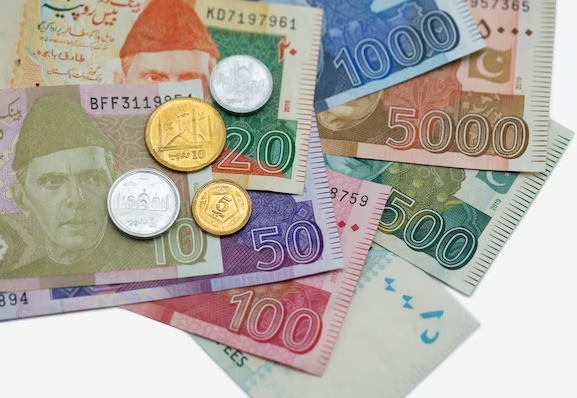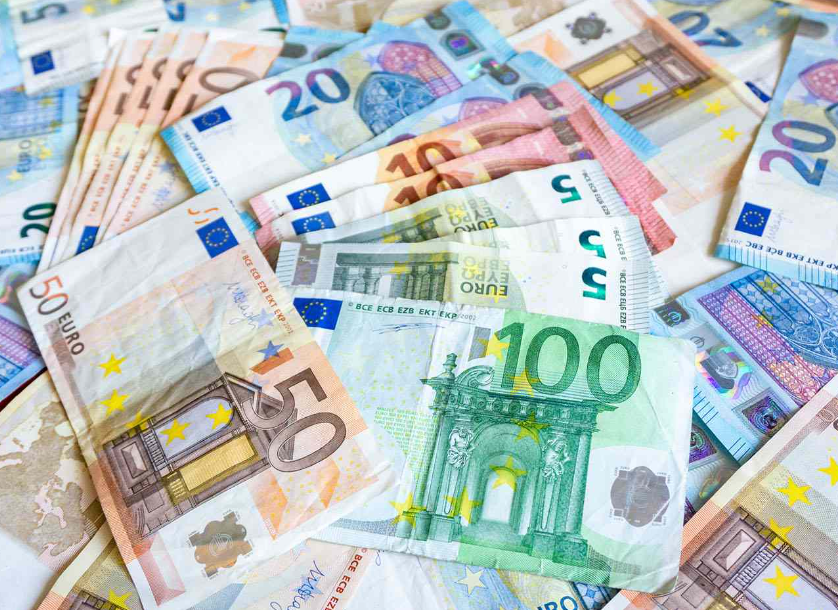Let’s talk about Bhutan National Currency. Bhutan, known as the “Land of Happiness,” is a small landlocked country located in the eastern Himalayas. Nestled between China and India, Bhutan is famous for its rich cultural heritage, breathtaking landscapes, and unique approach to measuring national progress through the Gross National Happiness index. One essential aspect of Bhutan’s identity is its national currency, the Ngultrum.
Currency serves as a vital component of any nation’s economic infrastructure. It enables trade, facilitates transactions, and represents a nation’s sovereignty. In the case of Bhutan, the official currency is the Bhutanese Ngultrum (BTN). This article explores the history, design, usage, and significance of the Bhutan Ngultrum.
Bhutan National Currency: Ngultrum
The Bhutan Ngultrum (BTN) is the official currency of Bhutan. It was introduced in 1974, replacing the Indian Rupee, as Bhutan transitioned to a sovereign currency. The Ngultrum serves as a symbol of Bhutan’s independence and self-determination. It is issued by the Royal Monetary Authority of Bhutan, the country’s central bank.
History and Evolution of Bhutan National Currency
The history of Bhutan’s currency can be traced back to ancient times when barter systems were prevalent. The use of coins began during the reign of King Ugyen Wangchuck, the first hereditary monarch of Bhutan, in the early 20th century. However, it was only in 1974 that the Ngultrum was introduced as the official currency, coinciding with Bhutan’s momentous shift towards a democratic system.
Design and Denominations of Bhutan Ngultrum
The Bhutan Ngultrum showcases unique elements of Bhutanese culture and heritage. The banknotes depict notable historical figures, iconic landmarks, and national symbols. The currency is available in various denominations, including 1, 5, 10, 20, 50, 100, 500, and 1,000 Ngultrum notes. Each denomination features distinct designs and colors, making them easily identifiable.
Security Features of Bhutan Ngultrum
To combat counterfeiting and ensure the integrity of the currency, Bhutan Ngultrum banknotes incorporate advanced security features. These features include watermarks, security threads, and intricate designs that are visible under ultraviolet light. Additionally, the use of special inks and raised printing techniques adds an extra layer of security. These measures help to maintain public trust in the currency and protect it from fraudulent activities.
Usage and Acceptance of Bhutan Ngultrum
Within Bhutan, the Ngultrum is widely accepted as legal tender. It is the primary form of currency used for daily transactions, including buying goods and services, paying bills, and conducting business. Ngultrum banknotes and coins can be used in various establishments, such as local markets, shops, hotels, and restaurants across the country. However, it’s important to note that Bhutan Ngultrum is not generally accepted outside of Bhutan’s borders.
Exchange Rates and Conversion
For international travelers visiting Bhutan, it is necessary to exchange their home currency for Bhutan Ngultrum upon arrival. The exchange rates may vary and can be obtained from authorized banks and currency exchange centers. It’s advisable to carry some Ngultrum in cash for smaller transactions, while larger expenses can be settled using credit or debit cards at major hotels and establishments that accept electronic payments.
Role of Ngultrum in Bhutan’s Economy
The Ngultrum plays a crucial role in Bhutan’s economy by facilitating trade, investment, and economic activities. It acts as a medium of exchange, allowing businesses and individuals to participate in commercial transactions. The stability and value of the currency are significant factors in attracting foreign investment and promoting economic growth. Bhutan’s monetary policies, including the regulation of the Ngultrum’s supply, help maintain price stability and control inflation.
Challenges and Future of Bhutan National Currency
While the Ngultrum has served Bhutan well as its national currency, it faces challenges in the modern globalized economy. Bhutan’s reliance on imports, limited export diversification, and the fluctuating exchange rates of major international currencies pose challenges for the Ngultrum’s stability. The government continues to explore strategies to maintain the currency’s value and promote economic resilience in a changing world.
Comparison with Other Currencies
When comparing the Bhutan Ngultrum with other currencies, it’s important to consider factors such as exchange rates, purchasing power, and economic indicators. The Ngultrum may not have the global recognition of major international currencies, but it holds intrinsic value as the national currency of Bhutan, representing the country’s unique culture and identity. It’s a testament to Bhutan’s commitment to preserving its heritage while embracing development.
FAQs
1. Can I use Bhutan Ngultrum outside of Bhutan?
No, Bhutan Ngultrum is not generally accepted outside of Bhutan. It’s advisable to exchange it for the local currency of the country you’re visiting before traveling.
2. How can I exchange my currency for Bhutan Ngultrum?
Currency exchange services are available at authorized banks and currency exchange centers in Bhutan. You can exchange your currency for Ngultrum upon arrival or during your stay.
3. Are there any restrictions on carrying Ngultrum in and out of Bhutan?
There are no restrictions on carrying Ngultrum in and out of Bhutan. However, it’s important to declare the amount of currency you possess while entering or leaving the country, especially if it exceeds the permissible limits set by customs regulations.
4. Can I use credit or debit cards in Bhutan?
Major hotels, establishments, and some ATMs in Bhutan accept international credit and debit cards. However, it’s always recommended to carry some cash in Ngultrum for smaller transactions or in case of any technical issues with card payments.
5. How is the value of Ngultrum determined?
The value of Ngultrum is determined based on various factors, including the country’s economic indicators, supply and demand dynamics, and exchange rates with major international currencies. The Royal Monetary Authority of Bhutan actively monitors and manages these factors to maintain the stability of the currency.
Conclusion
The Bhutan Ngultrum holds a significant place in the heart of Bhutan and represents the country’s rich cultural heritage and economic aspirations. As the national currency, it enables daily transactions, supports economic growth, and showcases Bhutan’s commitment to maintaining its unique identity. While challenges exist, Bhutan continues to safeguard the value and stability of Ngultrum to ensure its contribution to the nation’s development.
References
- Royal Monetary Authority of Bhutan. (n.d.). https://www.rma.org.bt/
- Tourism Council of Bhutan. (n.d.). https://www.tourism.gov.bt/
- Bhutan Currency. (n.d.). https://www.bhutancurrency.com/

